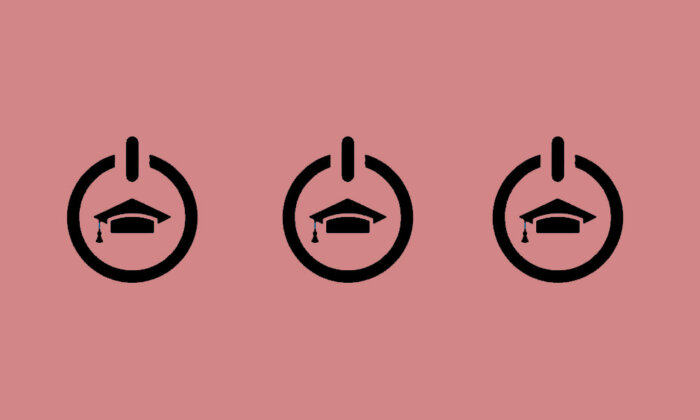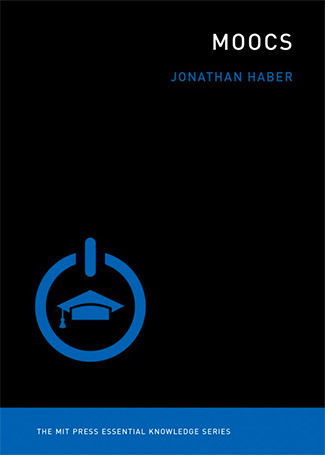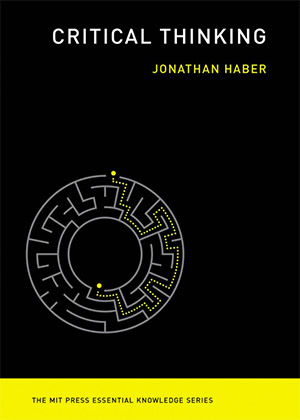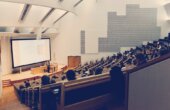Leveraging the MOOC Precedent in the Age of COVID-19

A scramble by hundreds of colleges and universities to move courses online as quickly as possible. Thousands of academics struggling to master learning technologies they have never used before. A university president losing her job, partly for not jumping into online learning fast enough.
The year is 2012, dubbed “The Year of the MOOC” by The New York Times. It’s a period of “irrational exuberance” when hundreds of thousands of students across the globe were enrolling in free massive open online courses (MOOCs), from some of the world’s most famous and prestigious schools through newly launched online learning platforms from companies like Udacity, Coursera, and edX.

Schools trying to move entire programs online in the wake of the Covid-19 pandemic face much bigger challenges than did colleges and universities who volunteered for MOOC projects, with emotions driving the process far from exuberant (rational or otherwise). But the MOOC experiment, which continues absent its original hype, can provide guidance and even resources for schools attempting conversion of entire academic programs in days and weeks, rather than months and years.
When I was researching MOOCs and working with MOOC developers and providers, years before today’s crisis, there was already confidence that the technology infrastructure was in place to support thousands of learners, even within a single course. MOOCs served as laboratories for experimentation, expanding the boundaries of what could be done in an online course. As I discovered while taking several dozen MOOCs during my One Year BA project, professors and course developers were replacing sage-on-stage lecture videos common in traditional online courses with on-location shoots, “field trips,” interviews, and other imaginative choices that created new visual languages for the instructional components of courses.
While innovations in assessment and course assignments were largely driven by the fact that the scale of MOOC enrollments did not allow direct interaction between the professor and students, they did provide opportunities to explore ways to implement interactions with the real world within self-directed online learning experiences. For example, there is no reason students stuck at home during the present crisis can’t perform some of the kitchen experiments (or their equivalents) I had to do to pass HarvardX’s still-popular Science and Cooking MOOC.
There is no reason students stuck at home during the present crisis can’t perform some of the kitchen experiments (or their equivalents) I had to do to pass HarvardX’s still-popular Science and Cooking MOOC.
Schools’ first priority is to make something available for students to continue their studies while exiled from campus, which is likely to mean new remote learning experiences will begin with existing learning management system (LMS) course deployments with live video or recordings replacing face-to-face lectures. As Michael Horn, author of “Choosing College,” has pointed out, this could lead to unsatisfying experiences which might sour long-term prospects for dramatic expansion of online learning at traditional colleges and universities. But this need not be the case, especially if enough professors tap into experience already on their campuses or within their networks that can help them do more than deliver watered-down-vanilla online versions of traditional courses.
Educators also have the opportunity to tap into MOOCs directly for content and inspiration. Both Coursera and edX have made large portions of their course libraries available free to teachers trying to navigate the present crisis, providing access to thousands of hours of professionally shot video, as well as assignments, activities, and rights-screened readings to supplement courses and programs in nearly every discipline. Speaking of rights, Open Educational Resource (OER) libraries offer teachers thousands of free, rights-cleared resources to tap as they try to come up with ways to keep students engaged at a distance.
In the present emergency climate, any form of course delivery might be perceived as better than nothing. But the success of this unplanned experiment in online learning may depend on doing more than the bare minimum of squeezing all we can from an LMS and moving lectures to YouTube.

As Justin Reich from MIT has pointed out in a detailed Twitter thread, for many college students — especially those attending schools that don’t screen for students who can succeed in any learning environment — college consists of far more than the courses one takes. This means schools need to be thinking about how career counseling, mental health, and general student support are supposed to continue with students scattered across the country, if not the world.
The International Society for Technology in Education (ISTE) also highlights equity issues that are certain to arise as students with varied — often limited — access to adequate computers and bandwidth try to navigate newly-devised learning programs that assume everyone has what they need to learn online. While users of MOOCs face these same challenges, organizations that have supported MOOC development projects in remote villages and impoverished nations offer both experience and inspiration that barriers can be overcome.
Once the immediate chaos of school closings passes and we settle down to a “new abnormal,” students still need to engage with what they are learning if anything resembling education is supposed to occur over the coming school term. Professors struggling to keep their students “in the game,” especially professors who have never taught online previously, need to keep in mind that (1) online offers ways to modify your educational approach at any point you perceive what you are doing is not working; and (2) some of the problems you are likely to encounter may have already been solved.
Jonathan Haber is the author of “MOOCs” and “Critical Thinking,” both in the MIT Press Essential Knowledge Series. His Degree of Freedom One Year BA project documents his year of taking and researching MOOCs.



